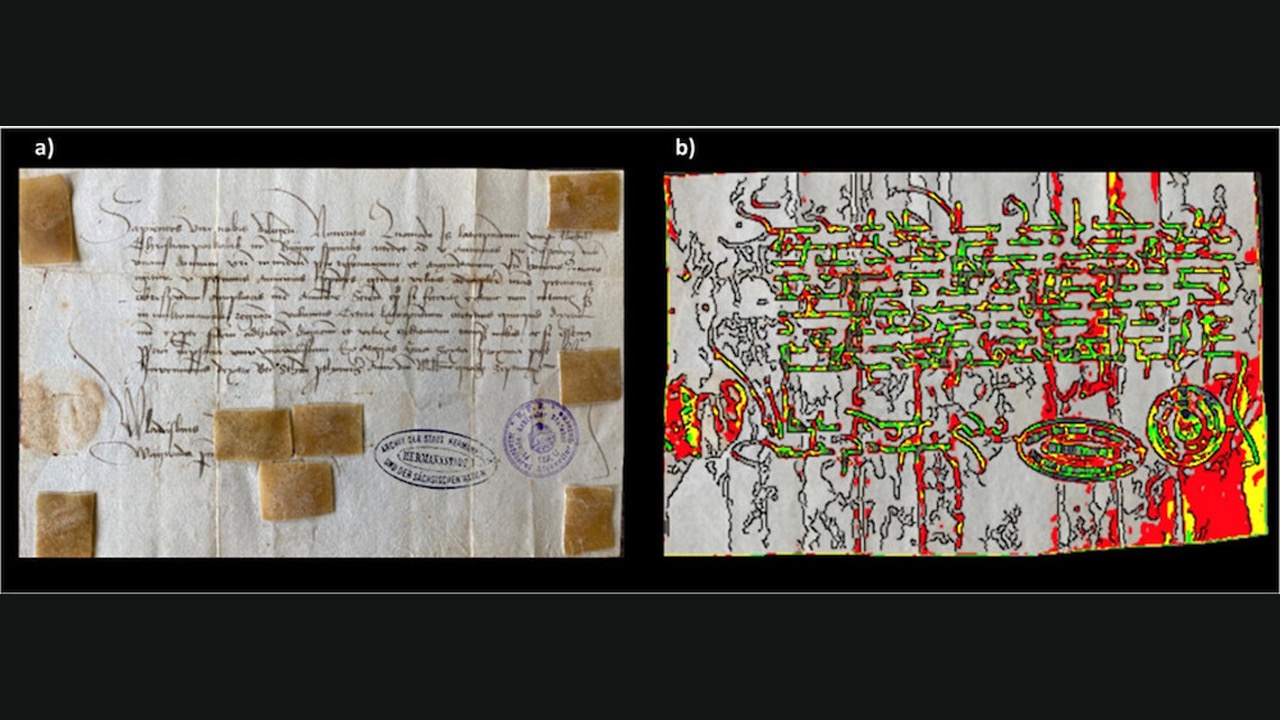Vlad the Impaler may have cried tears of blood, chemical analysis of his letters finds
An analysis of three letters written by Vlad the Impaler conclude that he may have suffered from a condition that caused him to cry tears of blood.

Vlad the Impaler, also known as Count Vlad Drăculea, was not only a blood-thirsty and ruthless leader, but he also suffered from a rare condition that caused him to cry tears of blood, a new study suggests.
Scientists made the discovery after conducting a chemical analysis of a trio of letters written by Vlad III during his three separate reigns as voivode (military leader) of Wallachia, a historical region of Romania, from A.D. 1448 until his death in A.D. 1476, according to a study published Tuesday (Aug. 8) in the journal Analytical Chemistry.
Historians estimate that more than 80,000 people died at the warlord's orders by being impaled by a sharp object. The count is perhaps best known for being Irish author Bram Stoker's inspiration for his 1897 novel "Dracula," according to the study.
Related: 30 lost burials archaeologists are still looking for
To learn more about the bloodthirsty warlord, researchers used a technique called mass spectrometry that involved carefully applying ethylene-vinyl acetate, a polymer, to the letters, then removing it. The ethylene acetate picked up proteins and smaller molecules called peptides leftover from when the count handled the papers centuries ago. This process revealed residue that contained 500 peptides, of which 100 were of human origin. These peptides were presumed to come from Vlad, rather than other people who may have handled the letters.
The documents harbored peptides that were tied to ciliopathies, a group of genetic disorders that affects hairlike organelles in cells known as cilia. They also found evidence that he may have had an infection of the respiratory tract.
However, the biggest find was from a letter he penned in A.D. 1475 that carried three peptides found in proteins of the retina and tears. Based on the features of these peptides, they concluded that he likely suffered from hemolacria, a condition in which blood is present in tears.
Researchers aren't sure what exactly caused him to have this condition, but it could be linked to an eye injury or bacterial conjunctivitis, an infection of the eye's mucous membrane.
Get the world’s most fascinating discoveries delivered straight to your inbox.
"To our reckoning, this is the first time such research has been carried out and has helped to bring to the limelight the health status of Vlad Dracula the Impaler," the authors wrote in the study.
"It cannot be denied that more medieval people may have touched these documents," they wrote, "but it is also presumable that the most prominent ancient proteins should be related to Prince Vlad the Impaler, who wrote and signed these letters."
Jennifer Nalewicki is former Live Science staff writer and Salt Lake City-based journalist whose work has been featured in The New York Times, Smithsonian Magazine, Scientific American, Popular Mechanics and more. She covers several science topics from planet Earth to paleontology and archaeology to health and culture. Prior to freelancing, Jennifer held an Editor role at Time Inc. Jennifer has a bachelor's degree in Journalism from The University of Texas at Austin.


